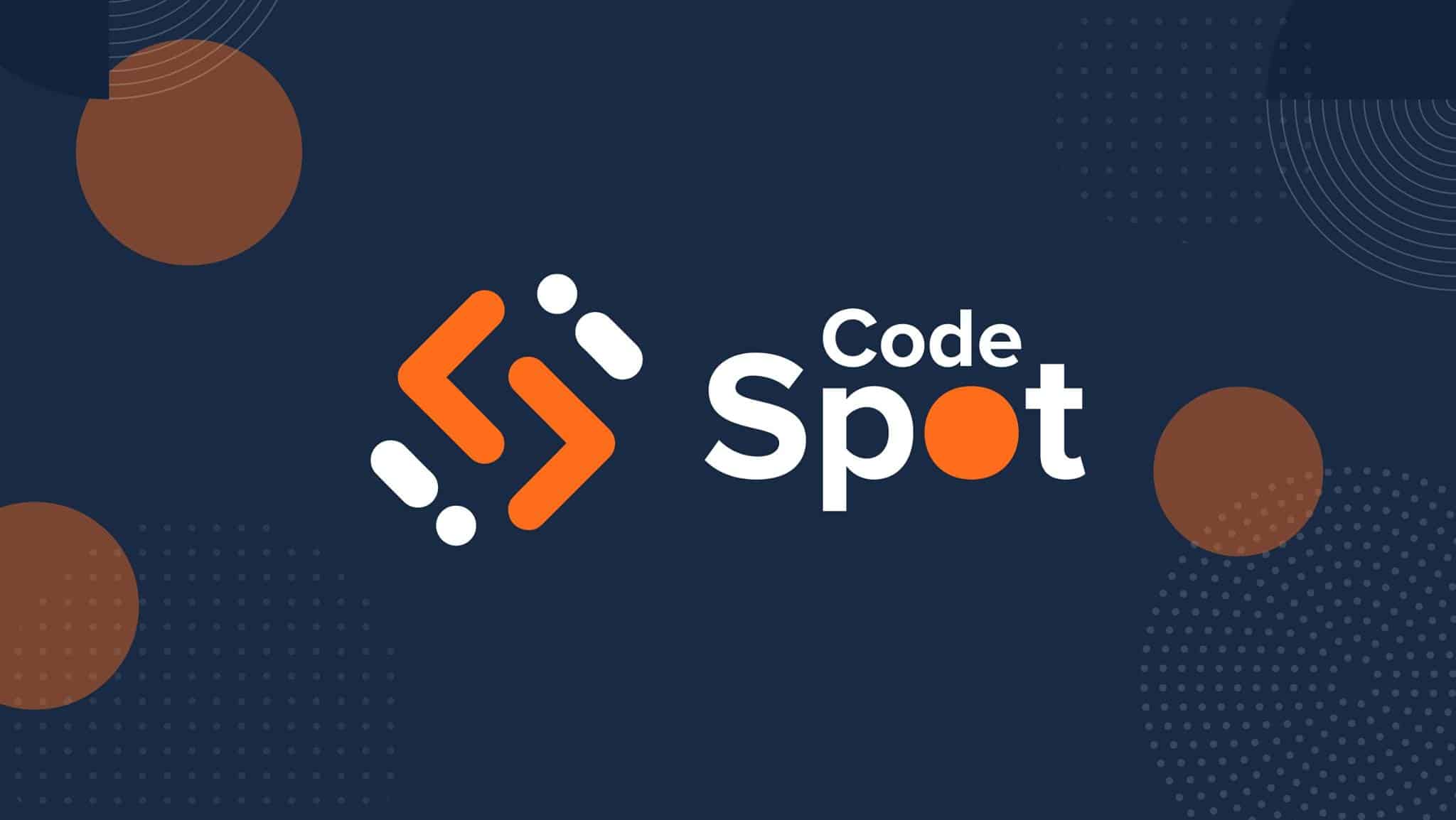
Table of Content:
- What is GraphQL?
- GraphQL’s implementation in PHP – Laravel
- GraphQL vs Rest
- GraphQL advantages
- GraphQL disadvantages
- GraphQL use cases
What is a GraphQL?
GraphQL is a query language and server-side runtime for application programming interfaces (APIs) that prioritizes giving clients exactly the data they request.
As an alternative to REST, GraphQL lets developers construct requests that pull data from multiple data sources in a single API call.

GraphQL Implementation in PHP – Laravel
GitHub link – https://github.com/praveensparkout/GraphQL-Laravel
Important keywords:
- Type
- Query
- Mutation
- Schema
GraphQL vs REST
| REST | GraphQL |
|---|---|
| You would typically gather the data by accessing multiple endpoints | You could gather the data in one endpoint |
| There are common problems of data over- and under-fetching | You could receive only what you need |
| Frontend development deeply connected to backend development | Even huge changes on frontend side could be done without backend development |
GraphQL Advantages
- Data fetching and no more over – and under fetching
- Easy migrating from one back-end to another
- Fetching data with a single API call
- Detailed Error Messages
- Validation and Type checking out-of-the-box
GraphQL Disadvantages
- Performance issues with complex queries
- File upload complexity
- GraphQL caching complexity
GraphQL Use Cases
- Apps for devices such as mobile phones, smartwatches, and IoT devices, where bandwidth usage matters
- Applications where nested data needs to be fetched in a single call
- Composite pattern, where application retrieves data from multiple, different storage APIs
Building a flexible API with PHP and GraphQL watch now on YouTube:

